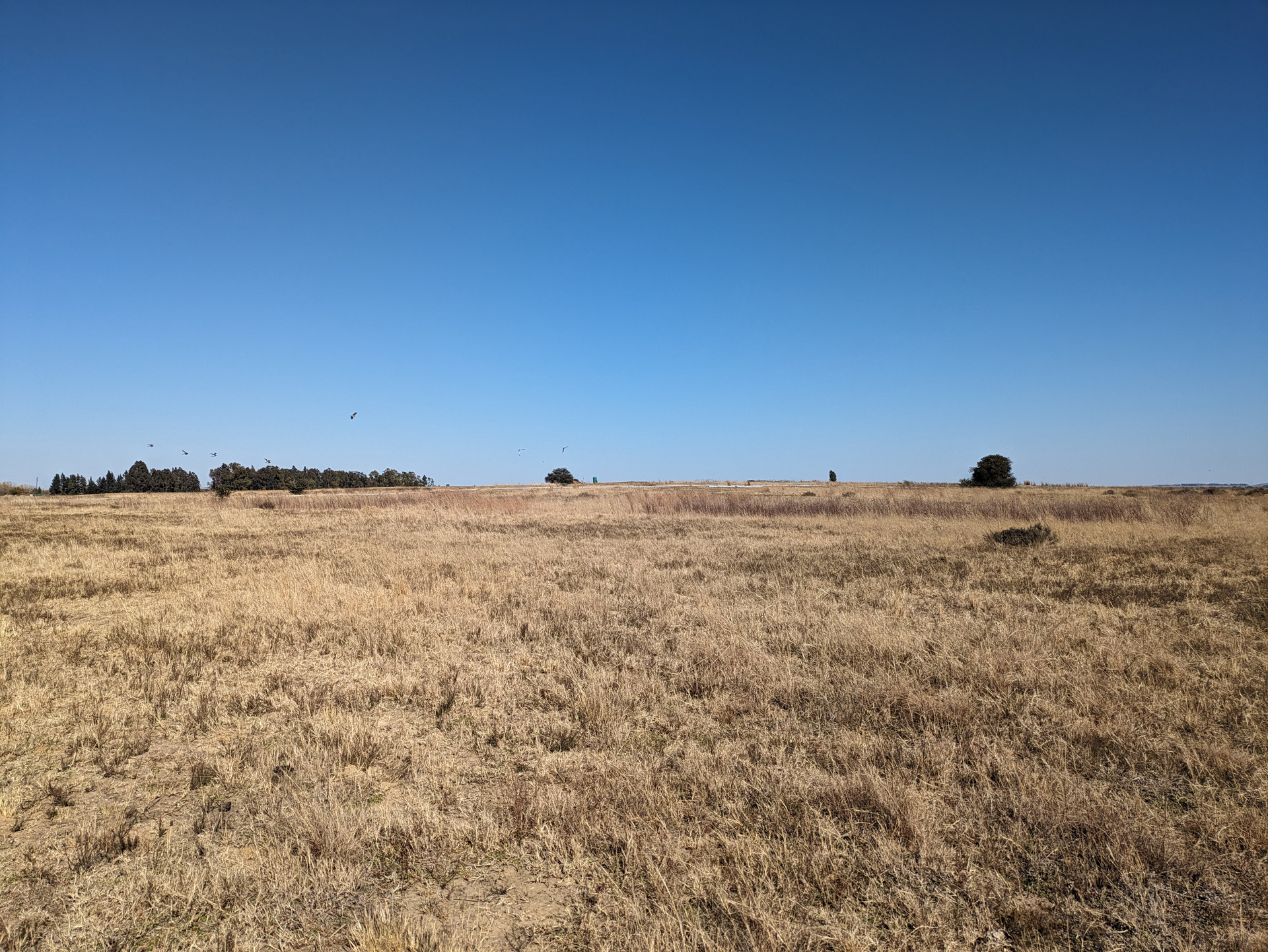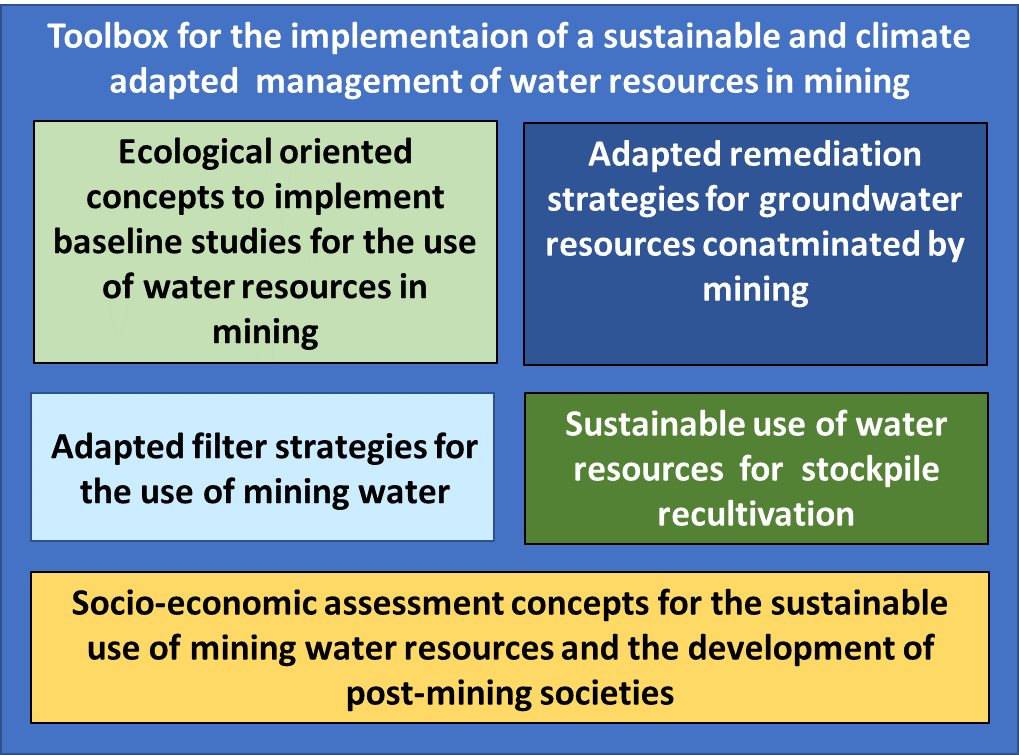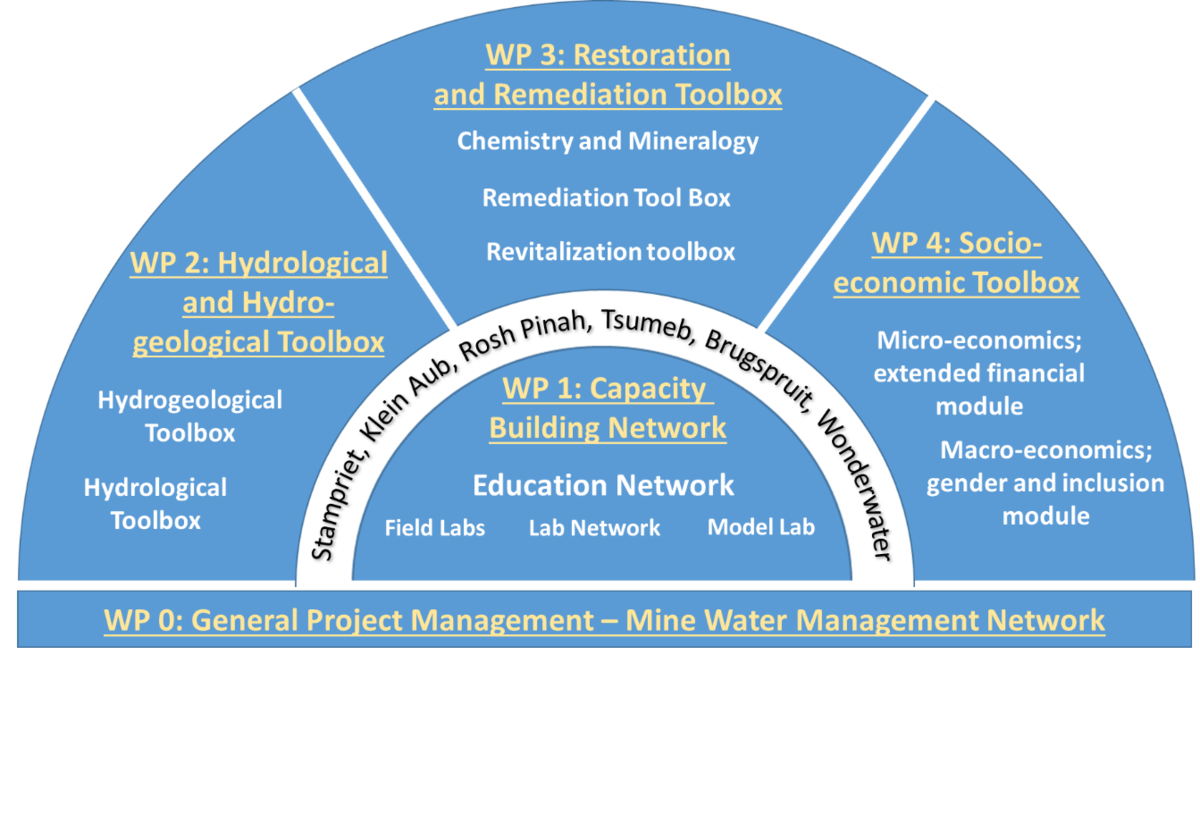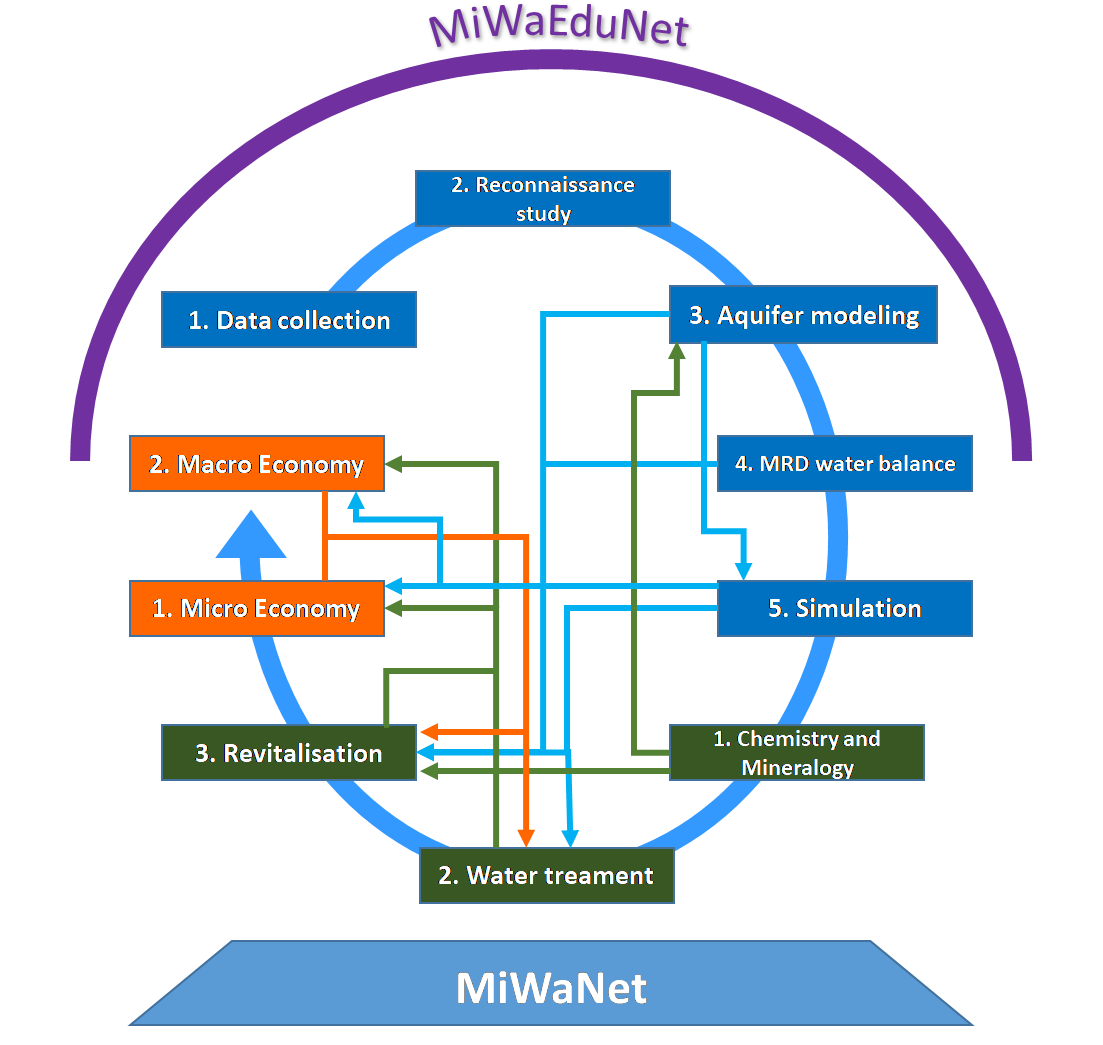Project goals
The main objective of this project is to develop a toolbox for sustainable and climate-adapted water management in the mining sector with a focus on pre- and post-mining activities, i.e. concepts for baseline studies on available pre-mining water resources and the use of mining water for tailings disposal and in-situ remediation of mining-related groundwater resources (Fig. 1). The specific objectives of the project to be described here are therefore
- Regional hydrological baseline studies to protect water resources from the outset,
- Water balance studies for mine tailings deposits to support revegetation measures,
- Water treatment technologies for the use of mining wastewater for the re-vegetation of mine tailings storage facilities and for the in-situ treatment of contaminated groundwater,
- Revegetation concepts to improve ecosystem stability,
- Socio-economic assessment to support mining and post-mining companies.
In addition, the dissemination of results (through MiWaNet) and knowledge (through MiWaEduNet) will be emphasized throughout the project.
Project structure and work packages
In order to achieve the project goal, the work of the WaMiSAR co-sortium is organized into five general work packages (WP) (Figure 2).
- WP 0 Project Management (KIT, UP, DRFN)
- WP 1 Capacity Building Network: MiWaNet, MiWaEduNet, MiWaModNet, MiWaLabNet (KIT, UP, NUST, DRFN, Delta h)
- WP 2 Hydrological and Hydrogeological Tool Box (Lübeck Technical University, Aquantec, Hydroisotop)
- Data collection
- Reconnaissance studies data collection
- Conceptual aquifer model development
- Water balance modeling of mine residue deposits (MRD)
- simulation
- WP 3 MRS Restoration and Remediation Tool Box (KIT, UP, Sensatec, TZW, Hydroisotop)
- Mine Chemistry and Mineralogy Tool Box
- Mine Water Treatment Tool Box
- Revitalization Tool Box
- WP 4 Socio-economic Tool Box (IREM, IC)
- Micro-economic costs and benefits of mine water use
- Macro-economic management of post mining societes



